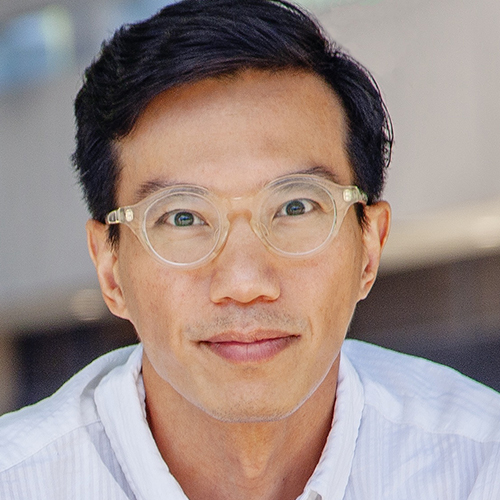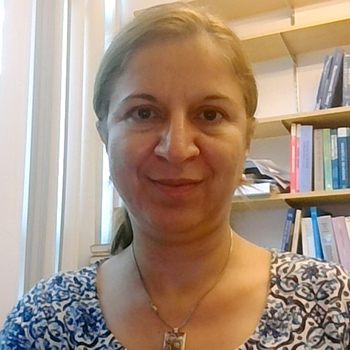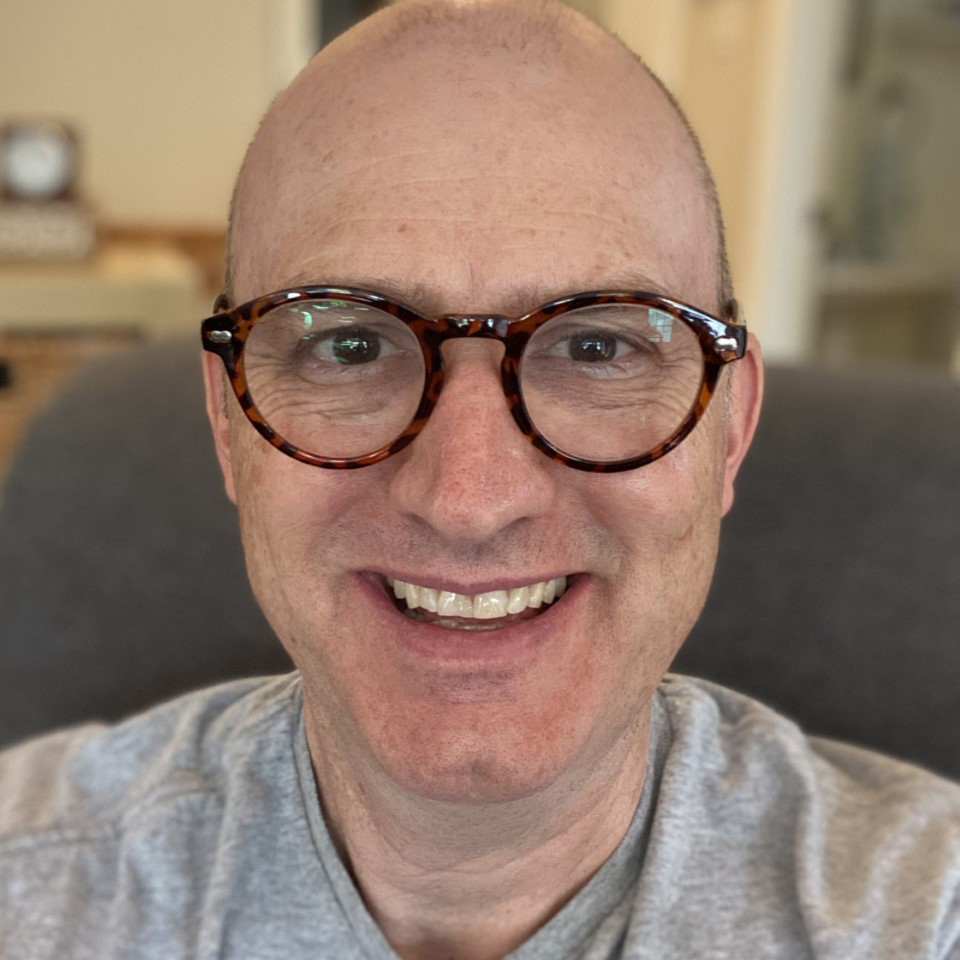By Angela Ward
Faculty develop innovative Open Educational Resources (OER) that are aligned with the United Nations Sustainable Development Goals (UN SDGs) and reveal the positive impact on teaching and learning.
Faculty members who are engaged in the process of creating OER reveal the impact this has on the teaching and learning experience, both in the classroom and beyond. They note that the interactive resources provide a tremendous opportunity for both instructors and students to learn and adapt as the world becomes increasingly more digitized.

Raymond A. Mar, associate professor, Department of Psychology, Faculty of Health, and the creator of OER tutorials for data analysis, notes the financial difficulties students face when it comes to purchasing expensive textbooks. He says that OER not only reduce costs for students but also increase access to a wider audience, aligning with UN SDG 1 (no poverty) and UN SDG 4 (quality education).
“I think that making these resources more accessible increases the likelihood that they’ll be used more widely, which can really magnify your impact,” says Mar.
The OER tutorials he created are grouped in the resource “Research Methods: Interactive Demonstrations in ‘R’ at York (ReMInDeRY),” and are designed to help students learn a statistical programming language called R.
Mar explains that learning this software can be quite challenging for students as they move from a point-and-click interface to writing lines of code. R is becoming the predominant way of analyzing data for many fields, and being able to analyze data using R is a valuable skill to have in the workplace. When he first reviewed the available introductory tutorials for R, Mar thought that they remained intimidating.
“Even downloading and installing the software can be tricky for people,” he explains. “I created these tutorials to be the smoothest and easiest on-ramp to learning R, with everything available in a web browser window and no need to install any software.”
In this OER, students visit the website link, and receive an introduction to the basics of R with easy-to-understand language and quizzes to show their progress. From these tutorials, students can move onto learning more advanced skills in the software.
As a result of R being open source and free, packages have been created to improve its capabilities in creating interactive maps and websites. Mar points out how R can contribute to other SDGs by allowing users to produce persuasive data graphics that can speak to SDG 6 (clean water and sanitation) and SDG 13 (climate action).
Similarly, Tsvetanka Karagyozova, assistant professor (teaching stream), Department of Economics, Faculty of Liberal Arts & Professional Studies (LA&PS), sees connections to many SDGs in the OER she developed with an interdisciplinary team.

“I was interested in creating OER because textbooks and peer-reviewed course materials are the gold standard in economics but over time they become more expensive,” adds Karagyozova. “At York, I typically leave one copy of the textbook required for the course on reserve at the Scott Library, so I can see how well-used that textbook is.”
Karagyozova was part of a group of York collaborators, including Ida Ferrara, associate professor, LA&PS, and Edward Furman, professor, Faculty of Science, and Ricardas Zitikis, an associate professor of statistics from Western University. They also secured support from research assistants, a project manager and Xpan, an external contractor for the virtual reality (VR) experiment.
United under the Risk and Insurance Studies Centre (RISC) at York, they received funding from eCampusOntario Virtual Learning Strategy (VLS) program to develop a fully online course, Economics of Insurance and Decision Making Under Risk, accompanied by a VR behavioural lab. Because this OER uses a Creative Commons licence, it allows others to freely adopt, adapt, and build on the materials.
“Some of the SDGs are embedded in the course materials,” Karagyozova explains. “One of the modules, for example, is dedicated to microinsurance and economic growth. We look at how microinsurance can promote sustainable and inclusive growth in developing countries, serving as a risk mitigation mechanism that can break the poverty cycle and elevate women out of poverty.” This directly addresses UN SDG 1 (no poverty) and UN SDG 5 (gender equality, and empowering women and girls).
She adds that with the high cost of textbooks, students in developing nations sometimes do not have access to basic learning materials. OER within niche fields like hers can be shared with learners globally, opening them up to the world.

Eric Armstrong, chair and associate professor, Department of Theatre, School of the Arts, Media, Performance & Design (AMPD), also touches on the global reach OER can have on communities. His open textbook, Lexical Sets for Actors, is internationally accessible and has garnered interest from the United Kingdom (U.K.), fulfilling a need they have for accent training.
“There are lots of resources to teach people accents and phonetics (the sounds of language) but the lexical resources available are outdated, buried in a philosophy and pedagogy that’s often biased towards a standard speech,” he explains.
Armstrong says he is open to working with others to make variations of the book for different audiences and needs. He has even received feedback from his U.K. partner on changes they would like to see. Because Armstrong’s OER is licensed with a Creative Commons Attribution-ShareAlike license, his OER allows for other instructors and educational institutions to remix and adapt the OER to tailor it to their local teaching context.
He approached the creation of the textbook learner with variability in mind. There are sample sentences for actors to practice their accents, which employs a creative writing component. It was also written with accessibility and many demographics in mind, including BIPOC, LGBTQ+ and non-binary communities. The OER’s inclusivity impacts areas outside the university as well.
“I’m also using the book with colleagues who are learning to be this type of teacher or trainer,” he adds. “Not working just in university settings but with professional actors, coaching them for roles. This resource stretches beyond the walls of academia.”
In looking towards the future of OER, Armstrong says, “The OER we are creating now will serve as models for others to get involved and to show that it can be done. People start to think differently about the nature of teaching, the nature of resources and about the nature of our responsibility to create a different kind of learning experience.”


